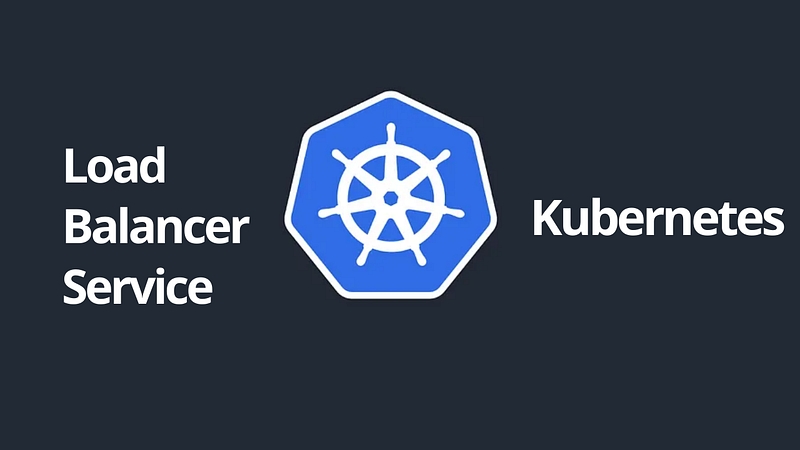Understanding Kubernetes: Part 16 -Load Balancer Service

If you’ve been following our Kubernetes series 2025, welcome back! For new readers, check out Part 14: Understanding Kubernetes: NodePort Service
LoadBalancer Service in Kubernetes
A LoadBalancer Service in Kubernetes provides an external IP address to expose your application to the internet. It automatically provisions an external load balancer, such as AWS Elastic Load Balancer (ELB) or Google Cloud Load Balancer, to distribute incoming traffic across the backend Pods. This type of Service is ideal for production environments where high availability and scalability are required.
Example Use Case:
Suppose you have a web application that needs to be accessible globally with automatic traffic distribution. A LoadBalancer Service allows traffic to be routed from an externally provisioned IP address to the application’s backend Pods inside the cluster.
Capabilities:
Automatic Load Balancing: Distributes incoming traffic across multiple Pods to ensure high availability.
Cloud Integration: Works with cloud provider load balancers (AWS ELB, GCP Load Balancer, Azure LB, etc.).
Single External Entry Point: Provides a single public IP for easy access to applications.
Health Checks: Automatically integrates with cloud-based health checks to ensure Pod availability.
YAML Example:
apiVersion: v1
kind: Service
metadata:
name: web-service
spec:
selector:
app: web
ports:
- protocol: TCP
port: 80 # External port
targetPort: 8080 # Pod port
type: LoadBalancerIn this example, Kubernetes will provision a cloud load balancer and provide an external IP, allowing users to access the web application via http://<External-IP>:80.
In My Previous Role:
As a Senior DevOps Engineer, I leveraged LoadBalancer Services to expose critical applications to the internet in production environments. For example, I deployed a LoadBalancer Service to expose customer-facing applications running in Kubernetes, ensuring seamless scalability and load distribution across multiple regions using cloud provider integrations. This approach improved system reliability and reduced latency for end users.
🚀 Ready to Master Kubernetes?
Take your Kubernetes journey to the next level with the Master Kubernetes: Zero to Hero course! 🌟 Whether you’re a beginner or aiming to sharpen your skills, this hands-on course covers:
✅ Kubernetes Basics — Grasp essential concepts like nodes, pods, and services. ✅ Advanced Scaling — Learn HPA, VPA, and resource optimization. ✅ Monitoring Tools — Master Prometheus, Grafana, and AlertManager. ✅ Real-World Scenarios — Build production-ready Kubernetes setups.
🎓 What You’ll Achieve
💡 Confidently deploy and manage Kubernetes clusters. 🛡️ Secure applications with ConfigMaps and Secrets. 📈 Optimize and monitor resources for peak performance.
🔥 Start Learning Now: [Join the Master Kubernetes Course](https://cloudops0.gumroad.com/l/k8s)
Don’t miss your chance to become a Kubernetes expert! 💻✨
🚀 Stay ahead in DevOps and SRE! 🔔 Subscribe now and never miss a beat on Kubernetes and more. 🌟
Last updated